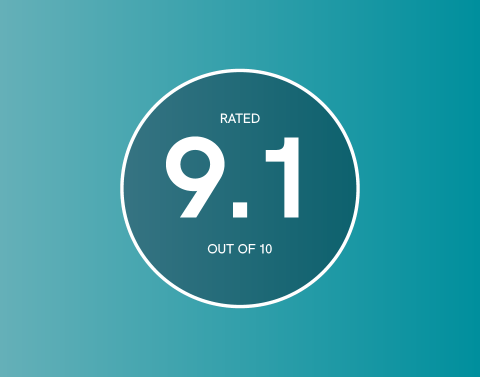Stewart Cherry, Director of Oliver James Associates USA, is today’s guest blogger. Our USA operation officially opens in New York on Monday 5th October, although Stewart and his team have been recruiting in this market for the past two years. Since we developed our actuarial capabilities in 2005 we have built the most integrated, experienced and successful recruitment team in the marketplace. Stewart is an expert in actuarial recruitment, sourcing the highest calibre of candidates for highly complex roles.
The actuarial profession is currently undergoing a prolonged period of market change in the US, presenting both opportunities and challenges. In the wake of the financial crisis, the insurance industry in general is facing a more rigorous supervisory and regulatory environment alongside technological developments that are rapidly changing the skill demand for the actuarial profession. These developments are having a major impact on the demand for and supply of actuarial talent across the US.
According to The Economist, actuarial employment in North America has risen steadily, averaging at 3% per year since 2011. In conjunction with this, the popularity of the actuarial profession has also grown. The demand for actuaries in the US is now enormous and ever increasing; on a par with the demand in Europe and the UK. Albeit, demand is stronger within some practice areas compared with others but outside of the traditional areas, enterprise risk management is an important area of growth for actuaries, driven by the increasing stringency of the regulatory and supervisory framework for insurers and banks.
Although the US insurance industry is less regulatory heavy than other markets, we are in fact seeing an increase in US businesses seeking candidates with ORSA experience primarily to help the Board make sound strategic decisions. With companies looking to define how they create value for various stakeholders, embedding ORSA into their Enterprise Risk Management framework ensures a thorough governance and decision making process, demonstrating that this framework is appropriate to the nature, scale and complexity of the risks within their business.
Experience with predictive modelling and advanced analytics on the P&C side, has also become an increasingly popular and in demand skillset across US businesses as they look to build corporate modelling teams. Predictive analytics is possibly the most important area of growth for employers of actuaries within the P&C space, as companies seek to achieve greater competitive advantage. Predictive analytics can undoubtedly drive better performance and insurance companies are beginning to recognise the value and benefits of applying technology to this critical area of their business. Essentially, seeking competitive advantage through competitive knowledge. Alongside this, with big insurers going through software conversion projects, actuaries who have strong software skills in MoSes, Prophet and AXIS are in high demand.
However, this high demand for specific skill sets comes with certain problems in the mid-career market, with US employers struggling to find enough of the appropriately skilled and qualified candidates for roles at this level. The skillset mismatch (communication versus technical ability) highlights the difficulty in finding a balanced mix of capabilities. Some employers are actually looking outside of the immediate market to match desired skill sets from other areas.
What are your thoughts on the supply and demand of actuarial talent in the US? Do we need greater access to specific software training programmes or less stringent demands from employers?
If you’re interested in actuarial careers within the US, call Stewart Cherry, Director of our US office, today for a confidential chat on +1 646-833-2678 or email Stewart.Cherry@ojassociates.com
Visit www.ojassociates.com to view current jobs.



